Optical Studies on the Phase Transitions in YBaMn2O6 Single Crystals
- PMID: 34497905
- PMCID: PMC8412917
- DOI: 10.1021/acsomega.1c02763
Optical Studies on the Phase Transitions in YBaMn2O6 Single Crystals
Abstract
The double perovskite YBaMn2O6 exhibited complex structural, magnetic, and charge/orbital ordering phase transitions. In this paper, we investigated the correlation between the temperature-dependent optical response and complex phase transitions of YBaMn2O6 single crystals through spectroscopic ellipsometry and Raman scattering spectroscopy. The room temperature optical absorption spectrum of YBaMn2O6 revealed three bands of approximately 1.50, 4.05, and 5.49 eV. The lowest optical absorption band was assigned to on-site d-d transitions in Mn ions, whereas the other two optical features were assigned to charge-transfer transitions between the 2p states of O and 3d states of Mn. The room temperature Raman scattering spectrum revealed 25 phonon modes. Notably, the MnO6 octahedral tilting and bending modes between 360 and 440 cm-1 increased in intensity at temperatures <200 K. Furthermore, several new phonon peaks appeared at temperatures <200 K, which were associated with charge ordering. Additionally, the magnetic order-induced changes were observed in the breathing modes, with reduced intensity of the 620 cm-1 and a substantial enhancement of the 644 cm-1 phonon peaks. The Jahn-Teller mode at approximately 496 cm-1 exhibited strong hardening at temperatures <200 K, which indicated a linear correlation with the square of the magnetic susceptibility and thus revealed the occurrence of spin-phonon coupling. Anomalies in the phonon frequency, line width, and intensity observed near the phase transition temperatures highlighted the importance of lattice-charge-spin interactions in YBaMn2O6.
© 2021 The Authors. Published by American Chemical Society.
Conflict of interest statement
The authors declare no competing financial interest.
Figures


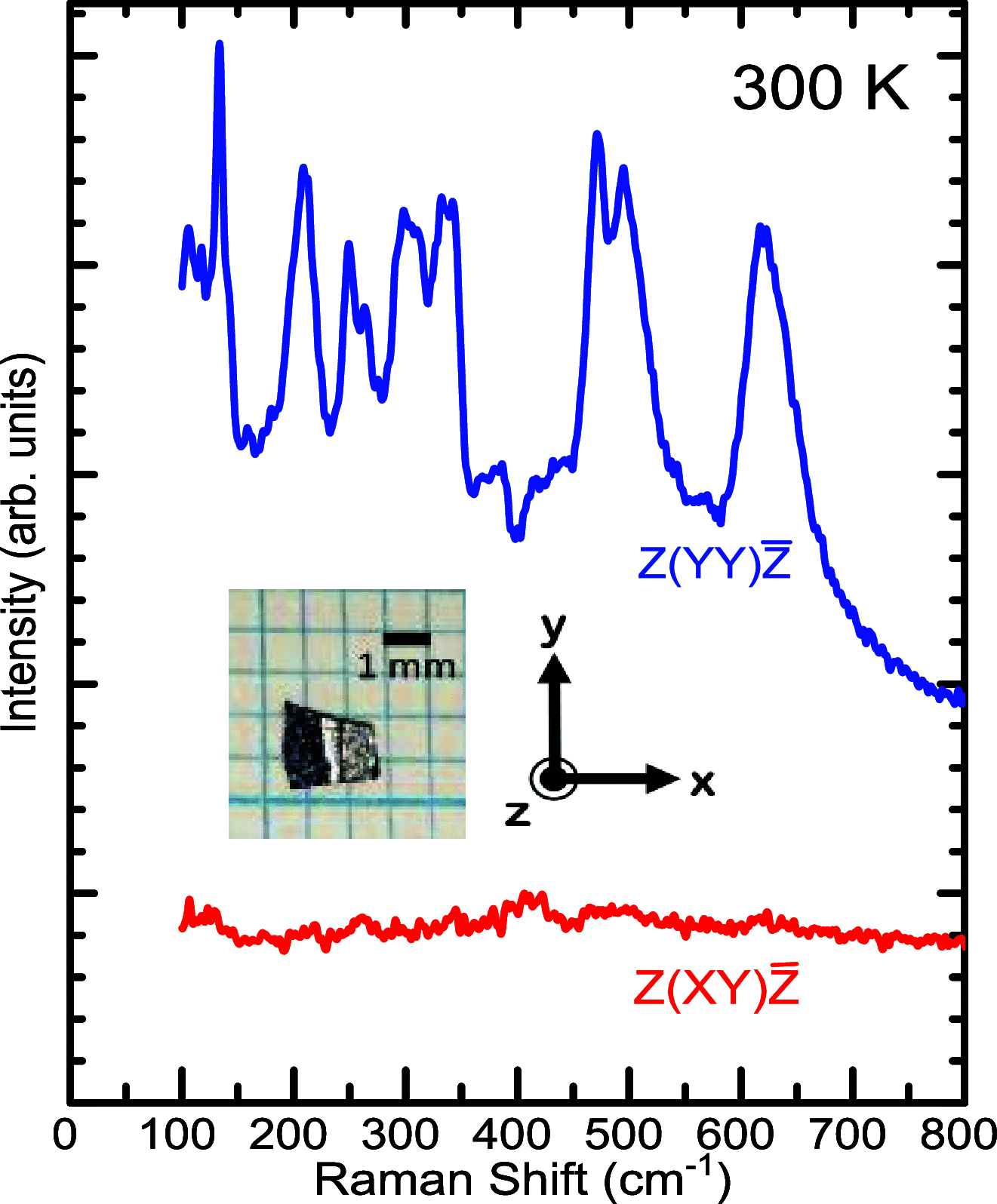
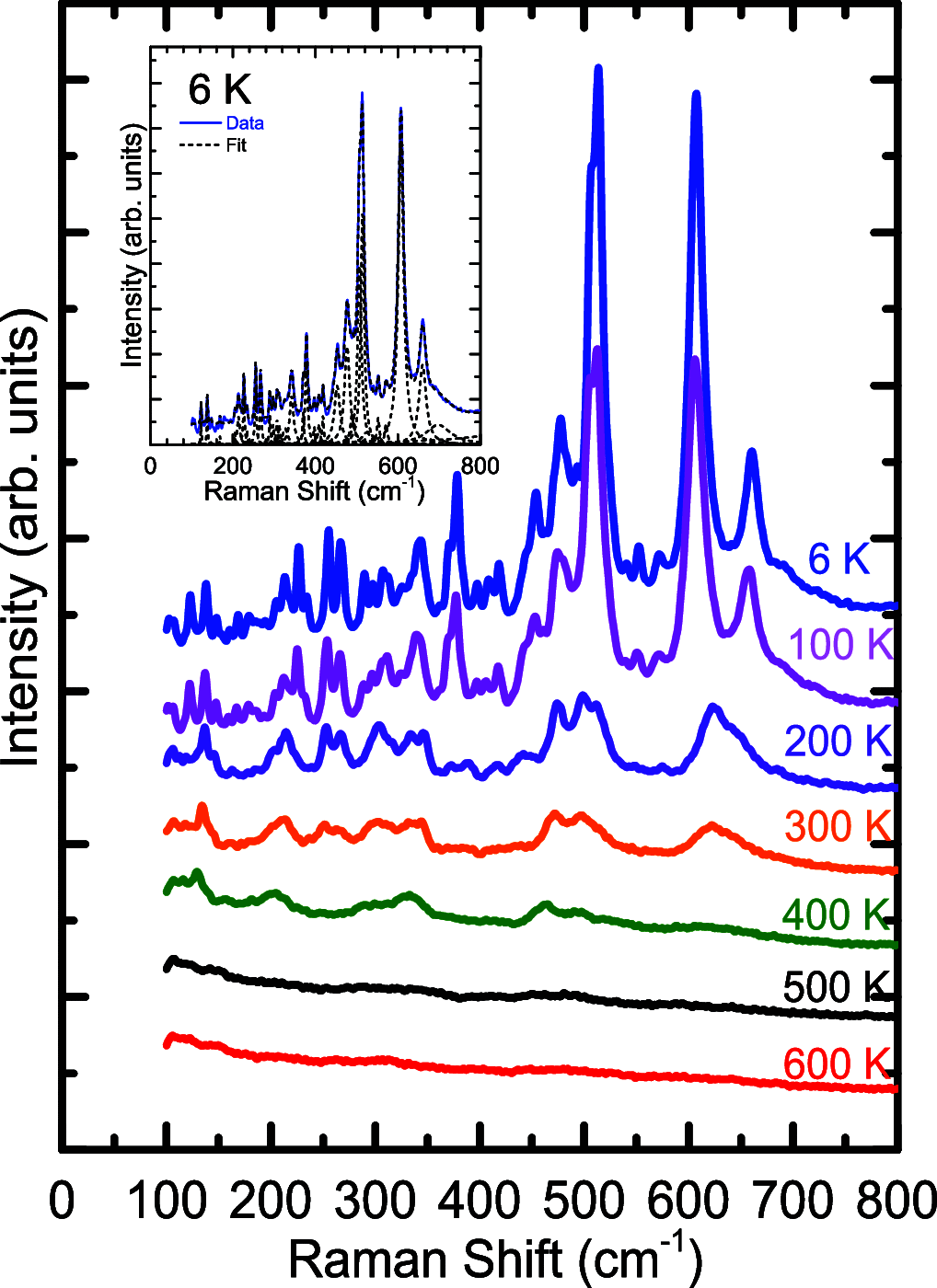

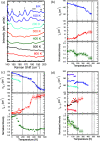

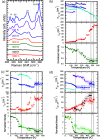
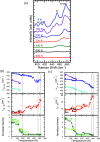

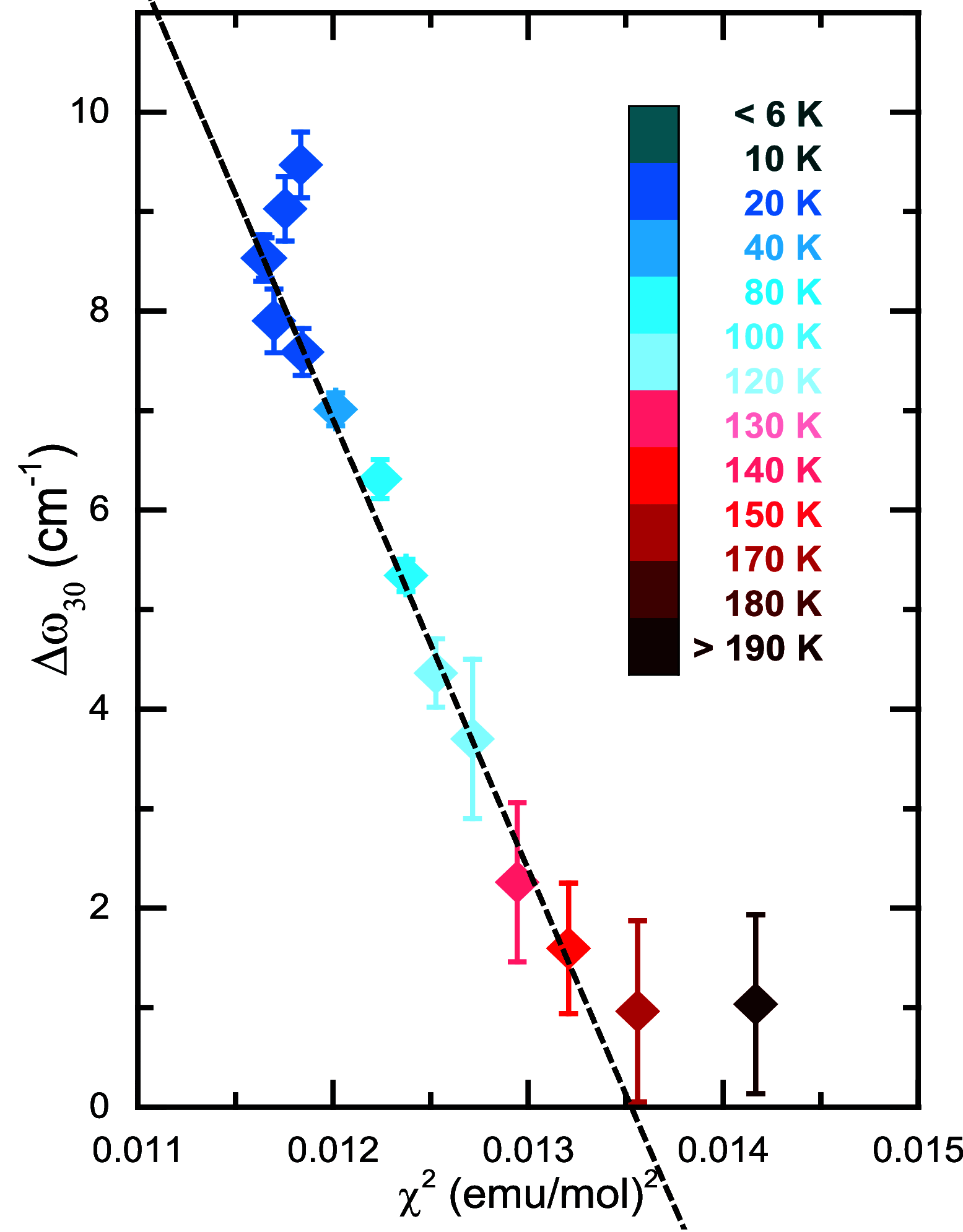

Similar articles
-
Optical Study of the Electronic Structure and Lattice Dynamics of NdBaMn2O6 Single Crystals.Sci Rep. 2019 Dec 3;9(1):18164. doi: 10.1038/s41598-019-54524-0. Sci Rep. 2019. PMID: 31796772 Free PMC article.
-
Electronic structure and lattice dynamics of Ba2CuTeO6 single crystals.RSC Adv. 2020 May 27;10(34):20067-20072. doi: 10.1039/d0ra02314k. eCollection 2020 May 26. RSC Adv. 2020. PMID: 35520444 Free PMC article.
-
Spin-charge-lattice coupling in YBaCuFeO5: Optical properties and first-principles calculations.Sci Rep. 2019 Mar 1;9(1):3223. doi: 10.1038/s41598-019-39031-6. Sci Rep. 2019. PMID: 30824718 Free PMC article.
-
Temperature-dependent optical properties of CuFeO2 through the structural phase transition.RSC Adv. 2021 Dec 17;11(63):40173-40181. doi: 10.1039/d1ra08096b. eCollection 2021 Dec 13. RSC Adv. 2021. PMID: 35494107 Free PMC article.
-
Anomalous boron isotope effects on electronic structure and lattice dynamics of CuB2O4.RSC Adv. 2020 Nov 17;10(68):41891-41900. doi: 10.1039/d0ra08200g. eCollection 2020 Nov 11. RSC Adv. 2020. PMID: 35516545 Free PMC article.
References
-
- Akahoshi D.; Okimoto Y.; Kubota M.; Kumai R.; Arima T.; Tomioka Y.; Tokura Y. Charge-orbital ordering near the multicritical point in A-site ordered perovskites SmBaMn2O6 and NdBaMn2O6. Phys. Rev. B: Condens. Matter Mater. Phys. 2004, 70, 06441810.1103/PhysRevB.70.064418. - DOI
-
- Ueda Y.; Nakajima T. The A-site ordered manganese perovskite and its colossal magnetoresistance. Prog. Solid State Chem. 2007, 35, 397–406. 10.1016/j.progsolidstchem.2007.01.025. - DOI
-
- Loktev V. M.; Pogorelov Y. G. Peculiar physical properties and the colossal magnetoresistance of manganites (Review). Low Temp. Phys. 2000, 26, 171–193. 10.1063/1.593890. - DOI
-
- Kézsmárki I.; Tomioka Y.; Miyasaka S.; Demkó L.; Okimoto Y.; Tokura Y. Optical phase diagram of perovskite colossal magnetoresistance manganites near half doping. Phys. Rev. B: Condens. Matter Mater. Phys. 2008, 77, 07511710.1103/PhysRevB.77.075117. - DOI
LinkOut - more resources
Full Text Sources

